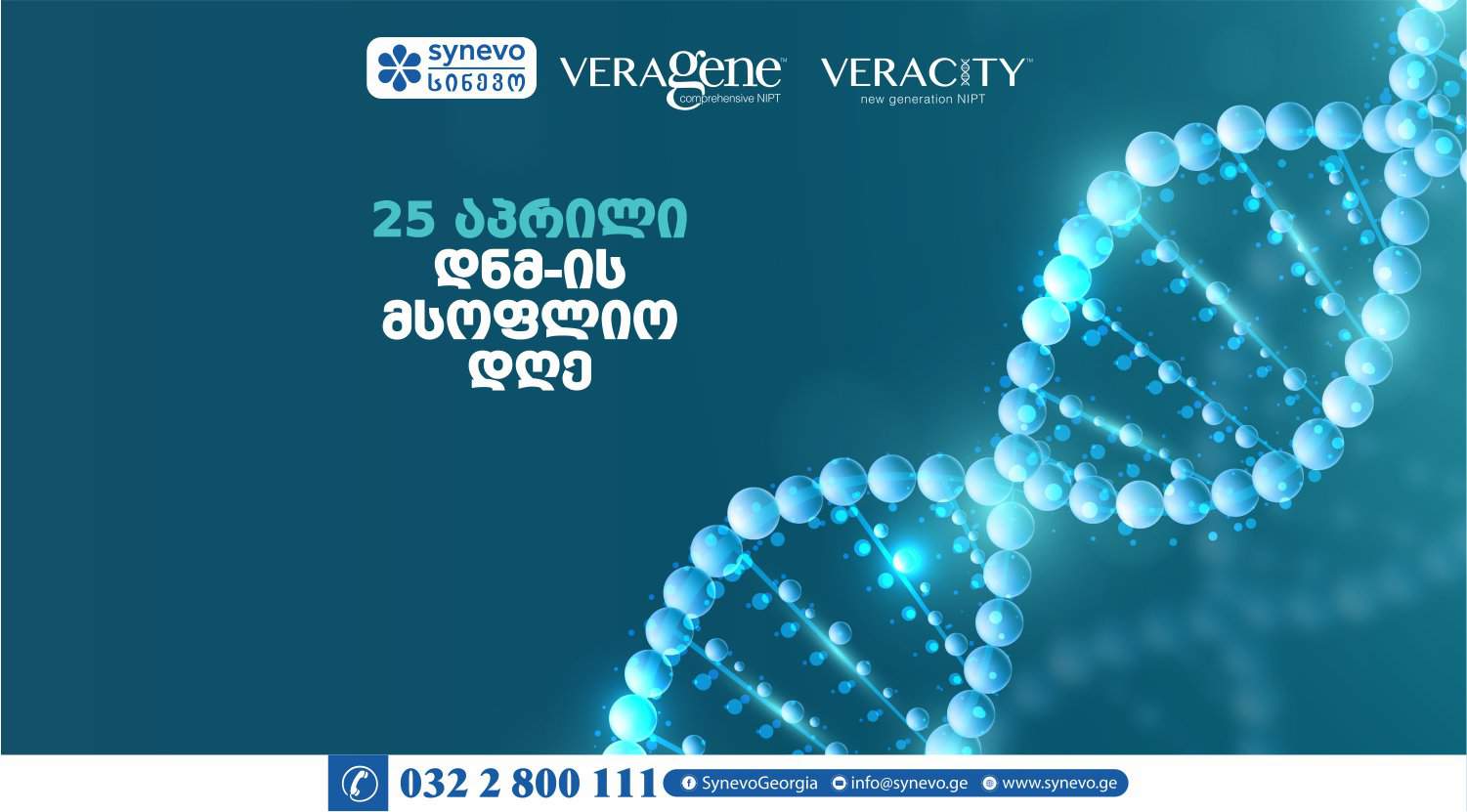
The site is temporarily down due to maintenance. Sorry for the inconvenience.
The site is temporarily down due to maintenance. Sorry for the inconvenience.
The site is temporarily down due to maintenance. Sorry for the inconvenience.
The site is temporarily down due to maintenance. Sorry for the inconvenience.
Quality & Accuracy
Experience
The latest technologies
Speed &
Credibility
₾125.00
IGF-binding protein 3 (IGFBP-3) is a peptide produced in the liver that plays an important role in controlling the transport and bioavailability of IGF (especially IGF-1, which is the main mediator of the anabolic and growth-stimulating effects of growth hormone-GH).
About 1% of IGF-2 and IGF-95 are bound to IGFBP-3, which is the main IGF transport protein and whose
One of the main functions is to increase the half-life of IGF from 8 minutes to several hours. In this way, IGFBP-3 acts as a stabilizer, ensuring a constant level of IGF. IGFBP-3 serum concentration is constant over 24 hours, which is also dependent on growth hormone (GH), so determination of IGFBP-3 is informative for evaluation of GH (growth hormone) secretion. Unlike GH secretion, which is characterized by diurnal pulsatile variations, IGFBP-3 and IGF-1 levels show only small fluctuations.
Low serum levels of IGFBP-3 and IGF-1 are observed in growth hormone deficiency or resistance.
These changes acquired in childhood cause growth retardation. GH deficiency in children can be an isolated abnormality or associated with changes in other pituitary hormones. Multiple hormonal failure can be caused by the presence of pituitary or hypothalamic tumors, or the result of X-ray therapy and chemotherapy for various malignant tumors.
In childhood (growth hormone) resistance to GH is mostly mild or moderate; Causes range from malnutrition to severe systemic diseases such as chronic kidney failure. These individuals may have IGF-1 and IGFBP-3 levels within the reference range. Severe forms of resistance are rare and usually result from receptor defects.
Both mild and moderate forms of GH deficiency and GH resistance can be treated with injections of recombinant human GH (rhGH).
The goal of GH replacement therapy in both children and adults is to achieve a reference range of serum IGF-1 and IGFBP-3 values, ideally the middle third. Higher levels are rarely associated with additional therapeutic benefit and may cause long-term side effects.
The prevalence and causes of GH resistance in adults are not well understood, although GH deficiency is most common in patients with pituitary tumors. GH deficiency in adults is associated with decreased muscle mass and increased cardiovascular morbidity and mortality, while replacement therapy remains controversial.
Elevated serum concentrations of IGFBP-3 and IGF-1 indicate excessive secretion of GH (growth hormone) or excessive therapy. Endogenously excess GH is mainly caused by GH-secreting pituitary adenomas and causes gigantism if acquired before the closure of cartilage growth, followed by acromegaly. Both conditions are associated with generalized organomegaly, high blood pressure, diabetes, cardiomyopathy, osteoarthritis, compressive neuropathy, a small increase in cancer risk, and reduced life expectancy.
The advantage of determining IGFBP-3 compared to IGF-1 is that it has high concentration rates at a young age and is used diagnostically in children with growth retardation who have normal levels of growth hormone.
IGFBP-3 is a reliable parameter for monitoring treatment efficacy, which is an important test in combination with IGF-1 measurement;
Indirect marker of somatotropic hormone (somatotropin; growth hormone) secretion and reception:
Venous blood is required for analysis. The test is required on an empty stomach.
Increase in IGFBP-3 levels:
Decreased IGFBP-3 levels:
Testing process
|
Purchase a test |
Submission of material |
|
Results Online |
Consult a doctor |

More than 1000 routine and complex/specific diagnostic tests in all major areas of clinical pathology.

48 laboratory centers in 25 cities of Georgia: Tbilisi, Rustavi, Kutaisi, Batumi, Marneuli, Telavi, Zugdidi, Zestafon, Gori, Kobuleti, Akhaltsikhe, Khashuri, Sartichala, Kazbegi, Borjomi, Samtredia, Gurjaani, Lagodekhi, Akhmeta, Ozurgeti, Poti, Chiatura , Dusheti, Kareli, New Gudauri.

Use the Synevo web platform to view results from anywhere and anytime
Use the Synevo web platform to view results from anywhere, anytime
From Monday to Saturday you can use the laboratory services at home.
☎️ Hotline: 239 38 33 or 239 40 65
577293008 (9:00-დან 17:00-მდე)
30 laboratory centers in 11 cities of Georgia: Tbilisi, Kutaisi, Batumi, Kobuleti, Zugdidi, Zestaponi, Rustavi, Marneuli, Akhaltsikhe, Telavi, Gori.
More than 3000 routine and complex / specific diagnostic tests in all major areas of clinical pathology.

"Synevo" - Providing a wide range of diagnostic services in Georgia, offering more than 1,000 routine and specific diagnostic tests in all major areas of clinical pathology. By the end of 2023, the Synevo Georgia network will include 3 clinical laboratories and 47 blood sampling units, which will perform more than 300,000 tests.
Contact information
Address: Tsinandali St. N9 (N1 Clinical Hospital area)
2021 – 2023 © Synevo. all rights reserved